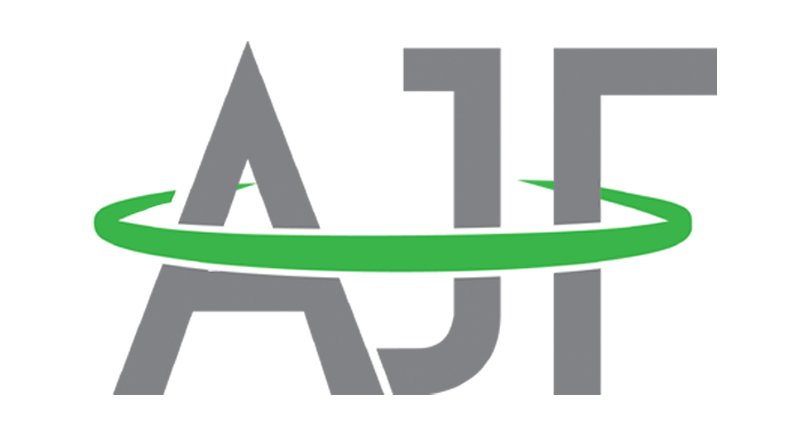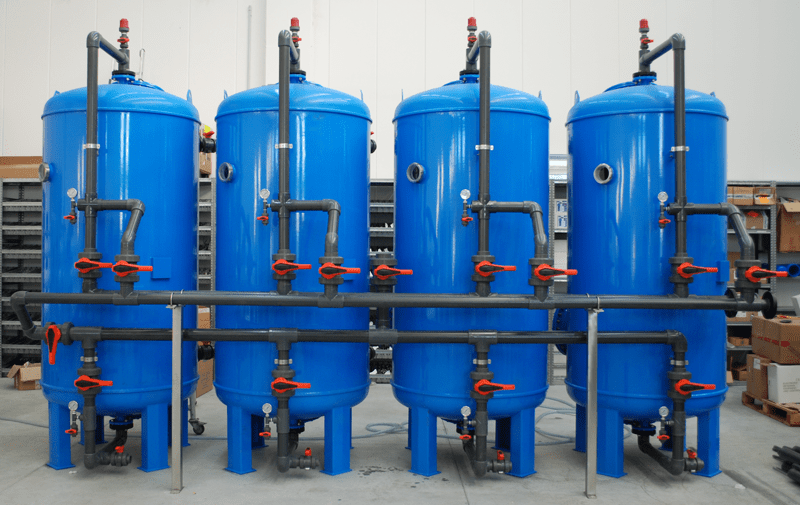Microfilter station – Quartz filter – Sand filter
The quartz filter and the sand filter are very easy to operate. The filter process takes place in a pressure vessel. Here the quartzite is brought to progressive saturation. Once the particles have been completely removed from the water and the sand filter has been filled with the dirt particles, the microfilter station carries out an automatic cleaning process. Here, a flow of water occurs in the column, which helps to restore the original working conditions. The microfilter station can then start a new filter cycle. This process can be continued indefinitely.
Modular extension – activated carbon filter
The activated carbon filter enables the filtration of carbon. This is an absorption treatment in which organic substances or surfactants are removed from hydrogen oxidants. The absorption process also takes place in a pressure vessel. There the activated carbon is brought to a slow saturation. Once this is done, the carbon is replaced. During absorption, it can become clogged with stuck substances. The subsequent cleaning process automatically reverses the water flow of the column. As a result, the original working conditions have been restored. The now polluted water is sent back to the first effluent collection tank. Once the cleaning is finished, you can start the next work cycle.
Modular extension – Zeolite filter
A microfilter station with the additional option zeolite filter removes iron and manganese from the water. There is a continuous water flow for iron removal and a batch operation for manganese removal. When the filtration process starts, the water is first pre-treated with potassium permanganate. Alternatively, sodium hypochlorite can be used. The treatment of the water in the tank causes iron or manganese to oxidize. A pump sends water to the zeolite column. The zeolite filter is then cleaned with water in a counter-current process. In this way it is possible to remove the filtered substances.



